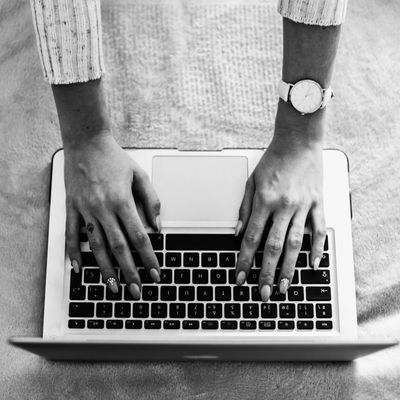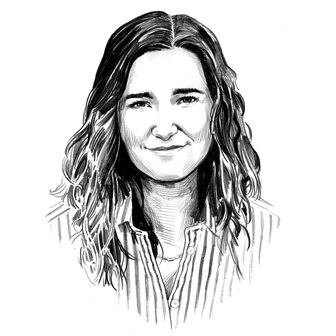
Please note the story you’re reading was published more than a day ago. COVID-19 news and recommendations change fast: Read the latest here to stay up-to-date. We’ve lifted our paywall on all essential news and updates about the coronavirus.
There is still a lot we don’t know about COVID-19, but as the number of new cases declines in both China and South Korea, there are some lessons: Free and easy testing helps, as do quarantine procedures. (This is not to say that containment doesn’t come at a cost.) Italy is currently in the midst of its own aggressive quarantining, having banned all public gatherings until April 3. Nearby European countries worry they may yet have to follow suit.
In the United States, there are more than 530 confirmed cases of coronavirus, and that number is likely to explode in coming weeks. Indeed, the only reason that number is as low as it is is almost certainly that current testing practice is so slow and irregular — last week, The Atlantic reported that the United States has tested only 1,895 people. Because the novel coronavirus is known to be highly contagious, this means that many, many more hundreds (or thousands) of Americans could be walking around with COVID-19, spreading it to other people.
Nonetheless, the Trump administration has taken a dismissive approach, calling the coronavirus and its economic impact a “hoax” and “fake news,” while falsely promising a vaccination will be ready “soon.” (Experts say a vaccine is at least a year off.)
But a weekend interview with former FDA Commissioner Scott Gottlieb suggests that, if anything, the American institutional response to COVID-19 thus far has been too relaxed. “We’re past the point of containment,” Gottlieb told viewers. “We have to implement broad mitigation strategies. The next two weeks are really going to change the complexion in this country.”
In San Francisco and Seattle, cities that have seen significant community spread, some large corporations have asked employees to work remotely for the time being. Facebook, Google, Microsoft, Twitter, and Amazon have committed to paying regular wages to hourly workers, despite a reduced demand for services during the outbreak. For many businesses, measures like these aren’t possible, and without paid sick leave, most of their employees will need to continue public work. (House Democrats recently introduced a bill to guarantee paid sick leave in response to coronavirus, but given the Republican Senate majority, its prospects aren’t great.) But businesses that can afford remote work should encourage it and perhaps even enforce it.
COVID-19 is thought to be mild to moderate for most who become infected with it; like the flu shot (and other vaccines), much of what healthy young people do to reduce transmission is done in the service of other people, not ourselves. While a healthy young person is unlikely to die from coronavirus, we increase our risk of exposure and transmission each time we go out into communities currently impacted, potentially spreading the disease to people much more vulnerable than ourselves, as well as to those we rely on to help sick people, like health-care workers. This is a responsibility we should take seriously. For those of us who work primarily over the internet, it’s a relatively simple precaution to take, so long as our employers endorse it.
While on Face the Nation, Gottlieb also stated that “no state and no city wants to be the first to basically shut down their economy. But that’s what’s going to need to happen. States and cities are going to have to act in the national interest right now to prevent a broader epidemic.” The same is true for businesses and employers.


